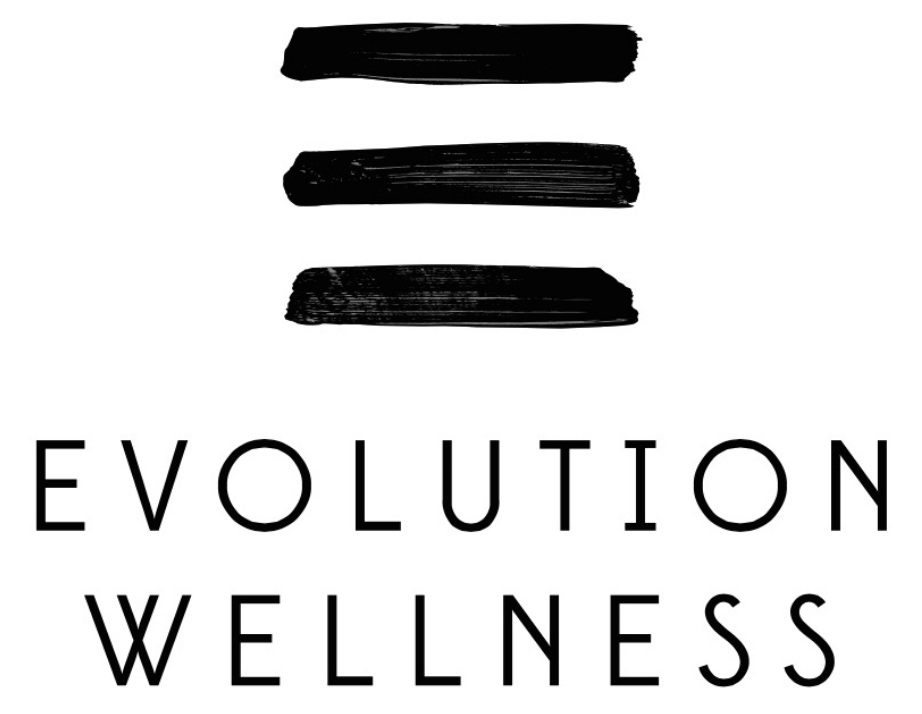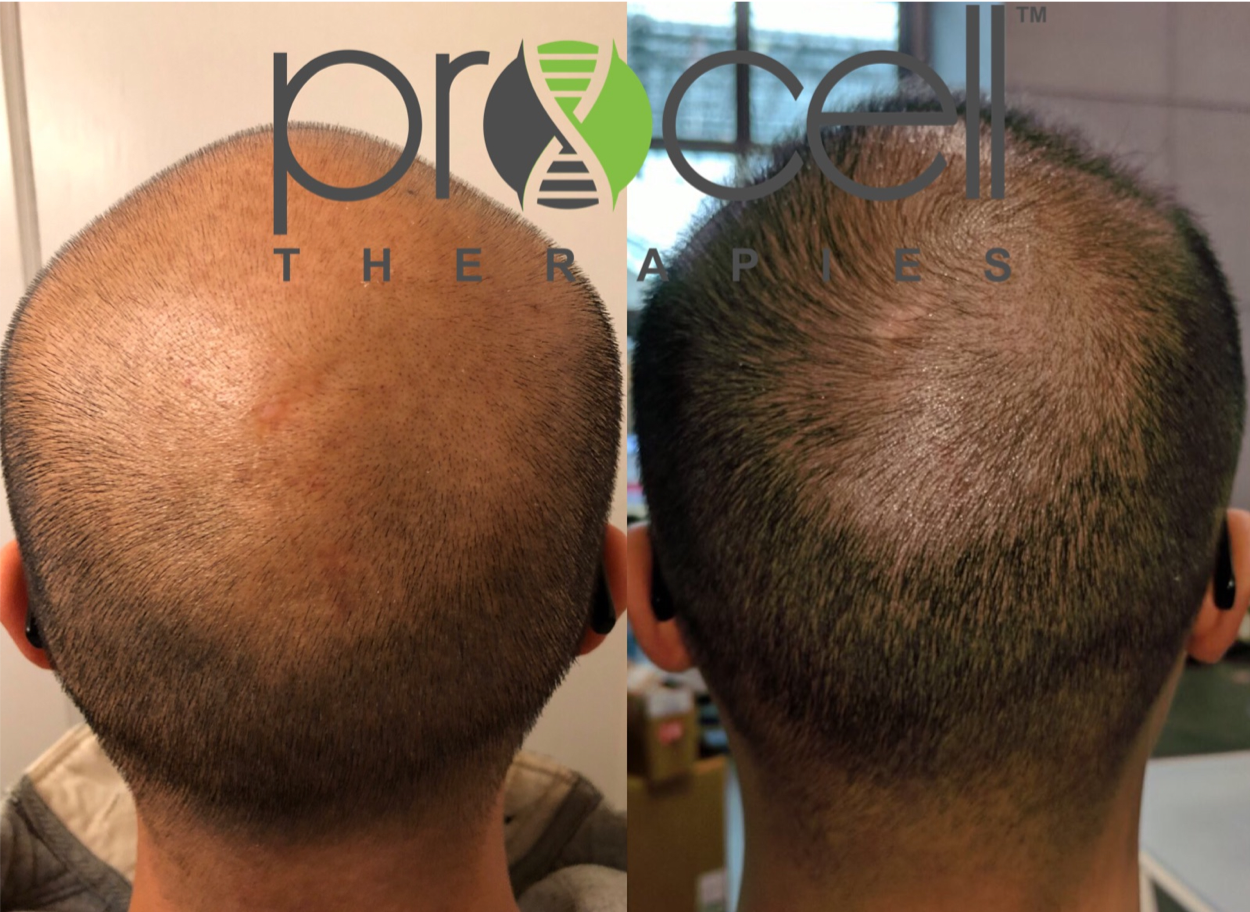How Microneedling Promotes Hair Growth
/Procell microneedling for hair loss — results
Many individuals struggling with hair loss or thinning hair are constantly searching for effective solutions. While various treatments have emerged over the years, microneedling is gaining popularity. Originally used to rejuvenate the skin, microneedling has shown promising results in promoting hair growth, particularly when paired with Procell’s hair serum which includes WNT1 cytokines.
Understanding Microneedling: Microneedling, also known as collagen induction therapy, involves the use of a small device equipped with fine needles that create tiny punctures in the skin. These microscopic wounds trigger the body's natural healing response, stimulating the production of collagen and elastin. The increased production of these proteins helps improve the texture and quality of the skin and have a positive impact on hair growth.
Enhanced Blood Circulation: One of the key ways microneedling promotes hair growth is by enhancing blood circulation to the scalp. The micro-injuries caused by the needles stimulate the release of growth factors and cytokines, which improve blood flow to the hair follicles. This increased circulation delivers essential nutrients, oxygen, and hormones to the follicles, creating an optimal environment for hair growth.
Activation of Hair Growth Factors: Microneedling also activates hair growth factors, including platelet-derived growth factor (PDGF) and vascular endothelial growth factor (VEGF). These growth factors play crucial roles in promoting the growth of new hair follicles and prolonging the anagen (growth) phase of the hair cycle. By stimulating these factors, microneedling encourages the production of stronger, thicker hair strands.
Increased Absorption of Topical Treatments: The microchannels created in a Procell treatment skyrocket the absorption of topicals, namely the Procell Hair Serum, which includes ever-important WNT1 cytokines, crucial for regulating the hair growth cycle. These cytokines also play a vital role in hair regeneration. This synergy between microneedling and topical treatment significantly improves the effectiveness and acceleration of hair regrowth.
Scientific Evidence: In a 2018 clinical study, 50% of participants reported visible new hair growth. 85% reported a reduction in rate of hair loss or no hair loss during the course of the 12-week study.
By stimulating blood circulation, activating hair growth factors, and enhancing the absorption of topical treatments, microneedling provides a holistic approach to combating hair loss and thinning hair. Evidence supports its efficacy as a safe and non-invasive option for hair restoration.
Ready to try it? David Blatt, licensed acupuncturist, offers microneedling for hair loss at his City Park location. Anticipate 4-8 treatments approximately 2 weeks apart to achieve desired results. Schedule now.
References:
Dhurat, R., & Sukesh, M. (2013). Principles and Methods of Preparation of Platelet-Rich Plasma: A Review and Author's Perspective. Journal of Cutaneous and Aesthetic Surgery, 6(4), 189–197. doi: 10.4103/0974-2077.123370
Dhurat, R., & Mathapati, S. (2017). Response to Microneedling Treatment in Men with Androgenetic Alopecia Who Failed to Respond to Conventional Therapy. Journal of Cutaneous and Aesthetic Surgery





